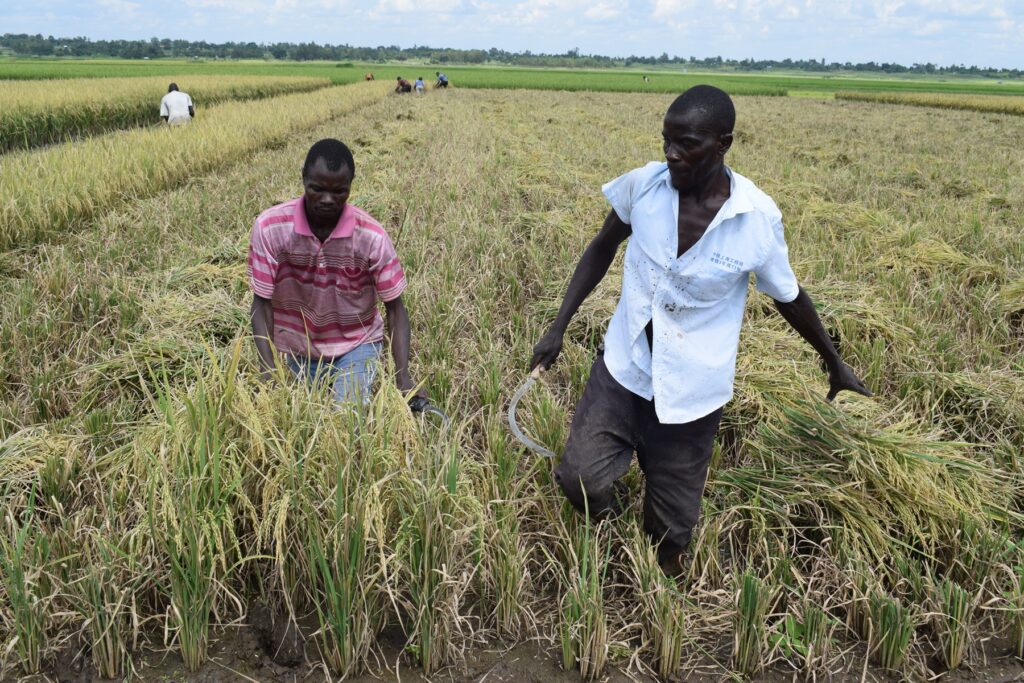By George Bita and Moses Nampala
For some time now, super paddy rice has been monopolising the flavoured category countrywide.
In fact, many shoppers have the habit of scooping a few grains from the bags to smell that characteristic ‘super’ smell before readily paying for it.
However, the status quo is changing after entry of National Agricultural Research organisation (NARO) rice1 and KAFACI 39 traits.
Dr. Simon Alibu, who was among the scientists behind the breeding of the two new flavored rice types says they boast of bigger, hard, grains in line with many consumer tastes.
“When the unprocessed rice is milled it comes out with very minimal broken
pieces. This ensures minimum wastage,” Alibu notes.
He explains that when NARO scientists unveiled the new flavoured varieties this January;
Korean Partnership for Innovation of Agriculture (KOPIA) chose to undertake the task of multiplying the seeds.
“We secured a pioneer garden comprised of an 11 acre field at Doho irrigation paddy
rice catchment area, Butaleja district in April. The two new varieties were then planted and harvested in June,” he says.
Alibu observes that a maiden seed multiplication undertaking on an extensive field has been a remarkable success.
Dr. Park Taeaeon, a scientist and Director at KOPIA Uganda notes that a market survey carried out across the country indicates that 80% of the consumer community of rice in Uganda favored aromatic rice.
Taeaeon adds that this trend is observable despite the fact that flavoured rice has a price tag which is usually 1.5 times higher than that of a non-aromatic option.
Challenges cited
Alibu says it has not been an easy journey as the new varieties had failed to take root, due to high vulnerability to diseases.
“They equally failed earlier on to adapt to the natural weather setting across the country. Little wonder we initially, had a continuous low production pattern,” he says.
Added advantages
Despite the shortcomings, Taeaeon asserts that the new rice types have quick maturity period of between 92 to100 days.
“Remember the conventional super rice often takes 230days to mature. Also it has comparatively lower yields,” he says.
He adds that out of an acre, a farmer could reap between 20 to 23 bags of unprocessed rice. “Then after dying and milling a farmer stands to get between1, 600 to 1,700kg. This is almost three times the yield a farmer can attain of 700kg from an acre of the conventional super rice,” Alibu assures.






